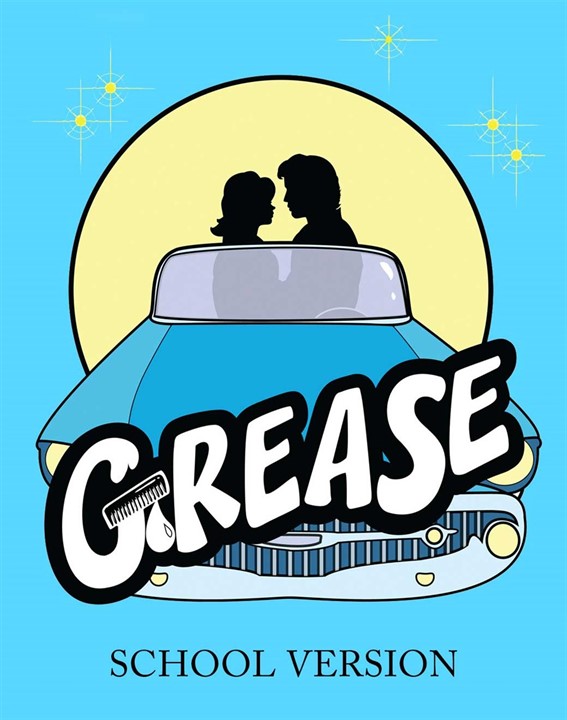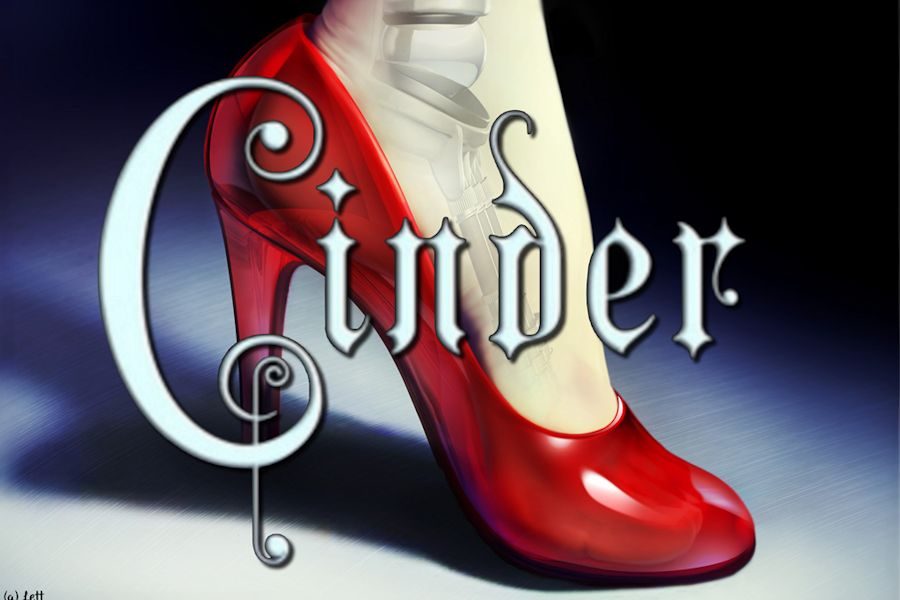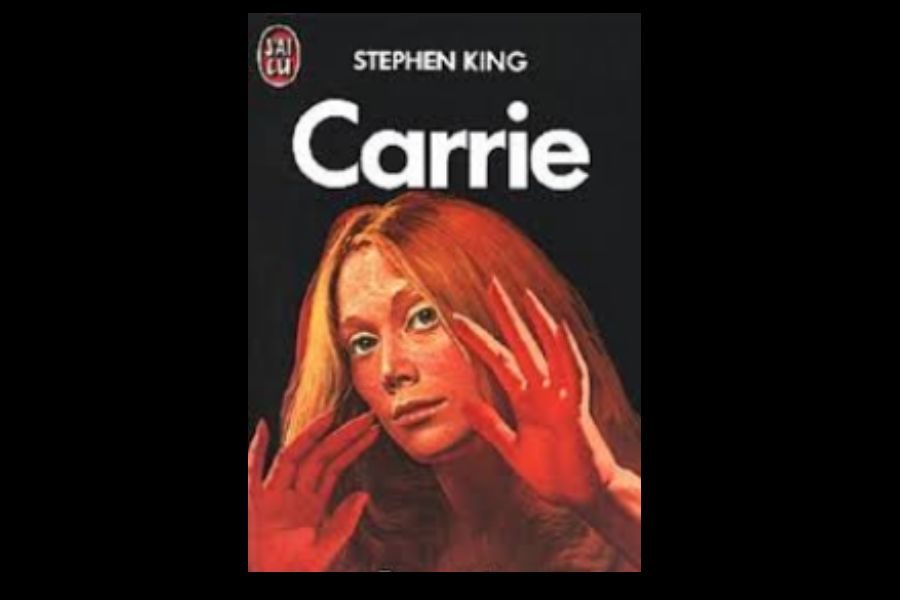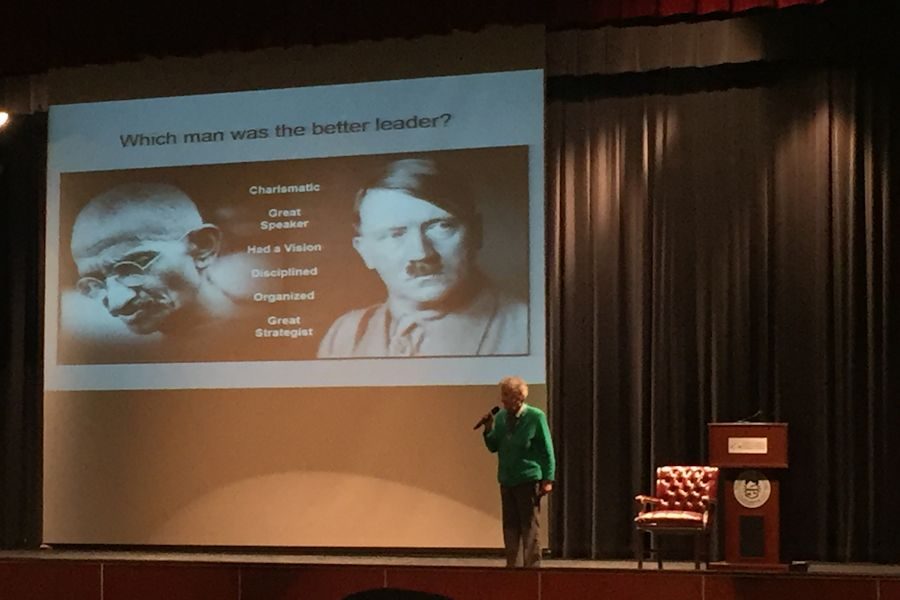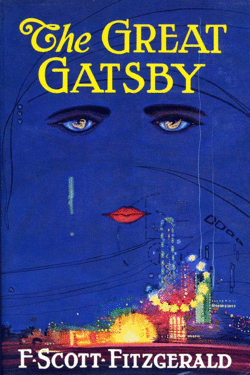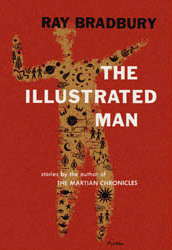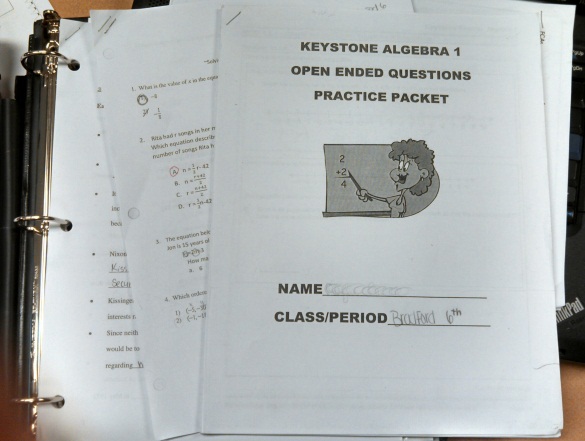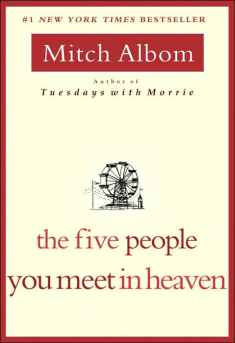
In Mitch Albom’s novel, The Five People You Meet In Heaven, the main character, Eddie, is transported into different worlds after his heroic death which salvaged a young girl’s life. In each of the five worlds he penetrates he meets someone who had an impact on his life (either directly or indirectly) or vise-versa. These people display for him how they were involved with his life and the lesson to be learned from their passing. Eddie learns these lessons: everything happens for a reason, sacrifice, forgiveness, and the power of love. By the end of the book Eddie grasps that it was his time to move on to the next life and educate the little girl he saved a life lesson once she passed on from her worldly life. The novel is seat-gripping due to its balanced level of realism. The book, The Five People You Meet In Heaven, seems fairly realistic when evaluated in terms of events, characters, and the setting.
In The Five People You Meet In Heaven, far too many events seem improbable. When Eddie first gets to heaven he meets the Blue Man. The carnival man transports Eddie throughout his life to the times when he was a young boy. The Blue Man shows Eddie how he indirectly killed the abnormally colored human. Eddie watches himself, as a young teenager, run out into the street to retrieve a stray ball which causes the Blue Man to swerve out of his path. The Blue Man suffered heart complications from the shock and ends up dying because of it. As of now there is no possible way to transport back in time to witness something that has already occurred. Also the fact that Eddie communicated with someone who has already passed away is another unrealistic event. Later on in the book Eddie encounters his old captain in the military who cryptically moves them into and out of settings with the snap of a finger. Other than optical illusions, which aren’t real anyways, there is no humanly possible way to move from one setting to another with only the snap of a finger. Once he meets with the Captain, Eddie is cursed with his chronic leg pain that he attracted in the war. He suffered the pain of leg problems throughout the remainder of his life after discharge, but the feelings he gained were much worse than ever before. Nobody knows what heaven is like and what feelings may or may not be felt. From a scientific standpoint we have not uncloaked such a place and there is no physical evidence to prove that it could possibly exist. For that reason, Mitch Albom is writing out of pure imagination to portray what he thinks that magical world would consist of and what kinds of things could go on there. Nonetheless, a bit of unrealistic events can grab a reader’s attention like none else. He does a great job at painting believable but not realistic events in his story.
In The Five People You meet In Heaven, most characters seem capable of believable changes because they are two-sided. The main character, Eddie, goes through multiple character changes. In the beginning of the book Eddie is an old grumpy man who sulks around feeling sorry for himself and all the losses he has suffered. The first change Eddie exhibits occurs when he meets the Blue Man. All of Eddie’s debilitating physical pain has eluded his body and he becomes excited and energetic. He is now able to run— something he hasn’t done since before the war. Eddie chuckles to himself as he hops, skips, and prances through the pier. This alteration is due to the relief his structure feels.
The next character change Eddie endures transpires when the Captain elucidates the full story of Eddie’s injury. Before going to heaven, Eddie thinks that the injury he suffered in war, a shot to the leg, was the effect of a stray bullet. However, the Captain corrects his thought process admitting that the bullet was fired from a friendly gun in order to save Eddie from perishing in a house fire, “I took your leg to save your life” (Albom 88). This newfound information is what triggers his next change from excitement and energy to fury and antagonism. When Eddie comes to the realization that the Captain was to blame for his life-long pain and suffering, a fight breaks out. Eddie’s bottled up anger culminates and spews out onto the Captain. He tackles the Captain and beats him mercilessly.
After he relinquishes his rage, Eddie is teleported into a new world where he meets the wife of the park owner where he was previously employed. At the diner that she takes him to, sits his father. Eddie’s anger comes to a crescendo, sending him on a tirade. While alive, Eddie’s father failed to show him any form of love or approval. Eddie was often abused by his dad, and the one time Eddie stood up for himself, his father ended all communication with him whatsoever. Ruby, the woman he meets, takes Eddie Back to when his father was still alive and showed him the unknown deeds Eddie’s dad undertook to keep his family safe. Following the flashback, Eddie suffers another character change. His heart becomes softened and he understands that his father was a good man. Eddie is engulfed by remorse and forgiveness. Eddie’s motivation is produced from his misconception of who his father truly was at heart. He enters the diner contritely, speaks with his father, and comes back to report his conversation to Ruby. Eddie assures Ruby, “It’s fixed” (Albom 144). Eddie forgave his father for all the hardships he was put through and settles the life-long hatred he had for his dad.
In The Five People You Meet In Heaven, the setting captures accurately the aura of the numerous places Eddie is located in: the late 1990’s at Ruby Pier, the 1920’s, World War II in the Philippines, and other places in heaven. The first setting Eddie finds himself in is the late 1990’s at Ruby Pier. From the description, Ruby Pier seems to be a completely realistic setting. Mitch Albom smothers the reader with portrayals of what the pier looks like, easily relatable to a contemporary amusement park. He talks about the rides and attractions such as bumper cars and cotton candy, both of which are popular today and were popular during the late 90’s.
The Next setting Eddie is transported to, by the Blue Man, is his childhood during the 1920’s. We know the setting is realistic for the time period because of technological trends as well as fads. Joe, Eddie’s brother, received a baseball for his birthday and the two boys were ecstatic to play with it. Baseball history tells us that the sport was America’s favorite past time and became popular during that time period. In fact, the Babe Ruth era was right around the 1920’s as well. Moreover, in this day and age a baseball would be meaningless to a young child, but during Eddie’s younger years it was basically gold.
Eddie also finds himself in the Philippines during World War II. Eddie describes the place as a rainforest with fallen trees, blackened rubble, lifeless terrain, and a sky exploding to a flaming yellow. Thanks to historical documents as well as photos, we know this illustration correctly depicts what the war in the Philippines would appear as. The Philippines are a tropical climate which explains Eddie’s reasoning for the rainforest. The remaining components of the description are all aspects of war, painting vivid pictures of conflict.
The remaining settings Eddie plummets into are all located in heaven– which makes the debate over realism controversial. It all depends on whether or not the reader believes in heaven. If the reader does not believe in heaven, then they could make the point that because it is a magical land that all settings and places within that land are magical as well. On the contrary, if the reader believes in such a place, then they can argue that it is a real place and all settings that occur inside of it must be real because nobody has evidence of what settings it could hold. Also, a believer in heaven could state that since it is a place governed by God, that anything is possible making everything there real.
All in all, Mitch Albom creates a story that is fairly realistic. Eddie, the main character, undergoes several character changes throughout the process of the novel making him a very real character. The settings are realistic as well. Subtle hints from the author help the reader detect that the settings are believable such as the young boys’ affinity for a meager baseball during the 1920’s setting. The only unrealistic component of the book is the events. The unrealistic event of Eddie observing himself as a child helps the reader understand that the novel’s purpose is enjoyment and to prove a point. Mitch Albom’s book, The Five People You Meet In Heaven, appears to be fairly realistic when calculated in terms of the events, characters, and the setting.






